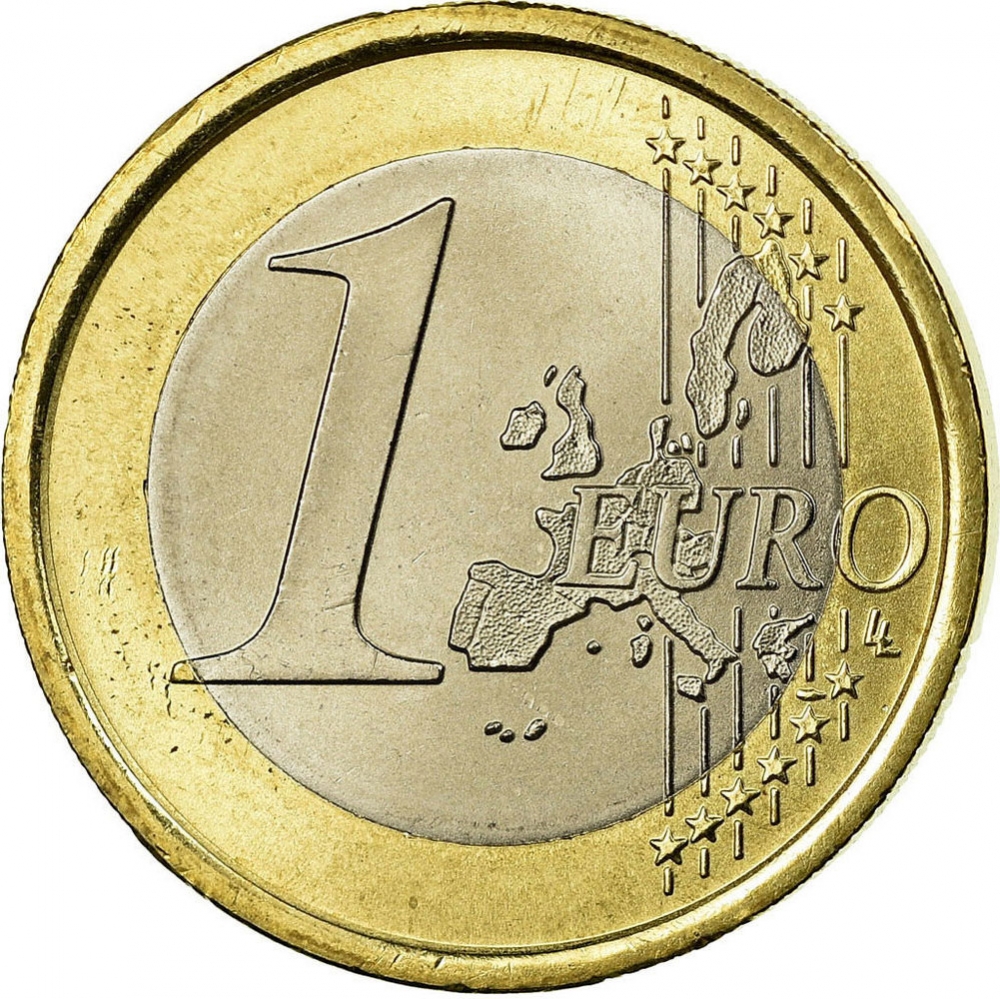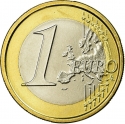You are about to finish your registration. Please check your mailbox (including spam folder). There should be a letter with a confirmation link. Check setting to make sure that your e-mail address is correct.
Send letter again
Obverse

|
Reproduction of Vitruvian Man by Leonardo da Vinci, surrounded by the 12 stars of the European Union; on the top the overlapping letters 'R' and 'I'; on the left the letter 'R'; on the right date; on the bottom left the engraver's initials, the overlapping letters 'LC'. RI |
|---|---|
Reverse

|
A geographical map of Western Europe spans the outer ring and inner core on the right side of the coin. The inscription 1 EURO is superimposed over the map of Europe, with the numeral “1” located in an open field representing the eastern Atlantic Ocean. 1 EURO |
| Edge |
Swap now (1 offer)
Characteristics
| Material | Bi-Metallic |
| Ring | Nickel Brass |
| Center | Cupronickel |
| Weight | 7.5 g |
| Diameter | 23.25 mm |
| Thickness | 2.33 mm |
| Shape |
|
| Alignment | Medal |
| Mint |
Italian State Mint and Polygraphic Institute (IPZS)
|



